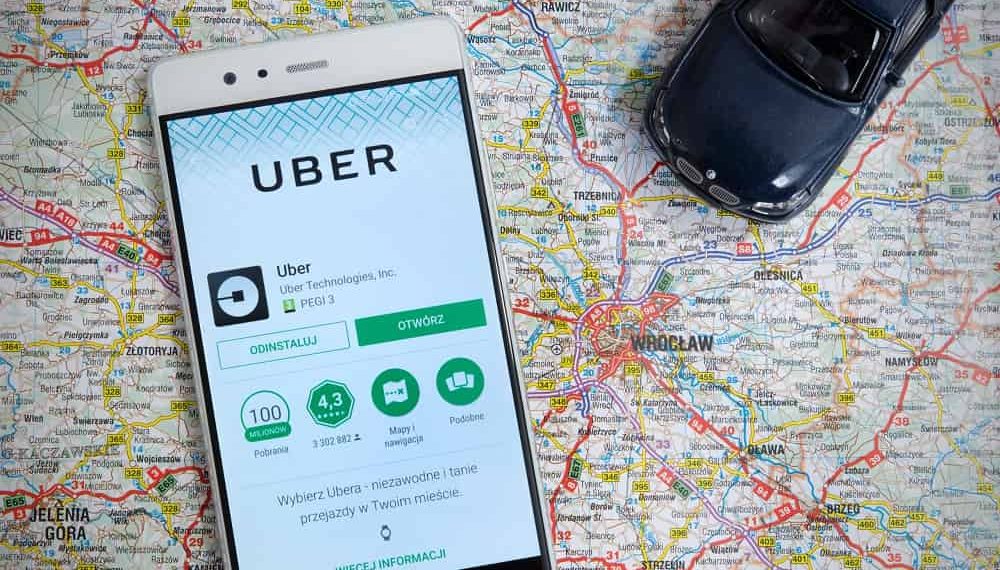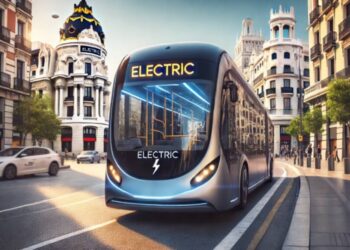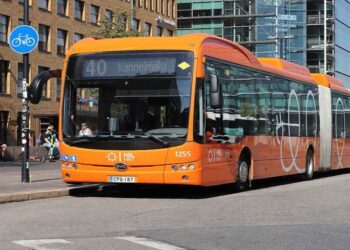Uber is reaching deeper into the public transport realm today with the acquisition of Routematch, an Atlanta, Georgia-based company that provides technology services to transit agencies. Terms of the deal were not disclosed.
While Uber has displayed public transit data and enabled ticket purchases through its app for a while, the ride-hailing giant recently announced its first software-as-service (SaaS) partnership to integrate on-demand public transportation with its app, starting with a bus agency based in Marin County, California.
By bringing Routematch into the fold, Uber is advancing its long-stated mission of making “individual car ownership a thing of the past” and helping cities provide “more accessible public transportation.” This deal follows a string of recent acquisitions as Uber continues to expand far beyond its core ride-hailing service. The company is currently wrapping up a Cornershop acquisition to boost its grocery delivery ambitions, while its impending $2.7 billion Postmates deal fits neatly into Uber’s “delivery anything” trajectory.
Paratransit
Founded in 2000, Routematch provides a suite of software services covering both fixed-schedule and demand-based transport. Examples include offering the elderly door-to-door “paratransit” services that are not bound to fixed routes or timetables.
By integrating with Routematch, transit agencies can garner real-time data on the location and status of every vehicle in a fleet, send staff emails and push notifications, view trend reports, use push-to-talk technology to communicate with drivers, broadcast information to riders, and even manage payments. Through Routematch’s RouteShout mobile app, for example, transit agencies can integrate their data to offer local riders real-time and scheduled bus arrivals through their phones.
Above: Routematch’s RouteShout mobile app
In its 20-year history, Routematch has amassed around 500 transit agency partners globally, a significant portion of them in the U.S. This will help Uber create a comprehensive app that combines all possible transport options. It could also open the door to new types of services, including on-demand public transportation that can be tailored to local residents’ needs — perhaps departing from “fixed-route” buses that travel half-empty much of the time.
This acquisition opens the door to two-way integrations that could supercharge both Uber and transit agency apps with an array of new transport services spanning cars, scooters, bikes, buses, and trains.


































